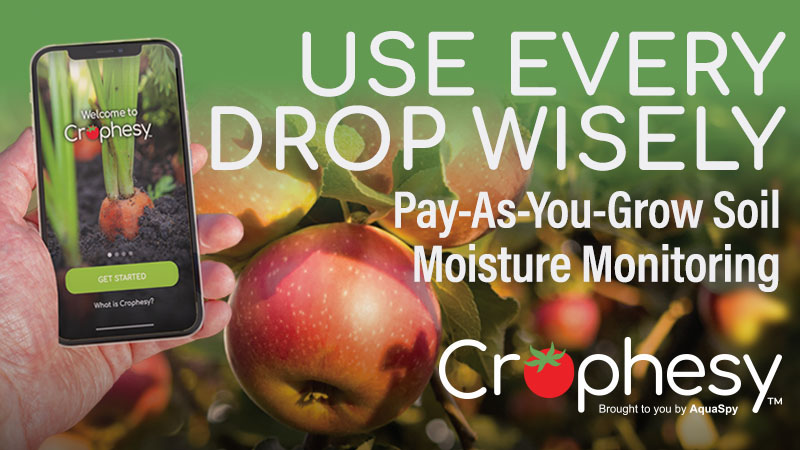Spring Rains Could Increase Phomopsis And Botrytis Infections On Grapes

Botrytis on ‘Syrah’
Photo credit: Matthew Fidelibus
El Niño may be bringing welcome rain to California this spring, but with rain comes increased disease pressure.
Phomopsis and Botrytis are two diseases to look out for, says Allison Ferry-Abee, University of California Cooperative Extension Viticulture Farm Advisor for Tulare and Kings counties. While these diseases are typically more prevalent farther north, the San Joaquin Valley could be hit this year, too.
“Late spring rains this year may mean that some growers who have never had phomopsis before may see it this year,” she says.
Phomopsis Symptoms
Phomopsis viticola causes phomopsis cane and leaf spot, which appears as small, dark spots with yellow margins on leaves, veins, and shoots. The leaves will eventually become distorted and stop developing. Shoot infections sometimes crack, creating scabs. Infection can eventually lead to reduced cluster counts and weight. Symptoms usually begin to appear about a week after warm spring rains, according to Ferry-Abee.
The disease needs wet weather to thrive and will become inactive when the weather is hot and dry. However, it can reactivate in the fall after rain.
Varieties most susceptible to the disease include ‘DOVine,’ ‘Fiesta,’ and ‘Thompson Seedless’ raisin grapes; ‘Flame Seedless’ and ‘Red Globe’ table grapes; and ‘Grenache’ wine grapes.
Phomopsis Control
For vineyards north of Visalia (or those growing susceptible varieties), the recommendation is to apply a dormant application of lime sulfur (10 gallons per acre in 100 gallons of water). If significant rainfall is anticipated after shoots emerge, a fungicide with systemic activity should be applied.
Botrytis Symptoms
Botrytis cinerea causes botrytis, which commonly leads to fruit rot. However, in particularly wet springs, it can also cause shoot and flower cluster infections.
“Botrytis shoot infections are very rare,” Ferry-Abee notes. “But they are something people should be on the lookout for as part of their normal scouting for other pests.”
The pathogen overwinters on clusters from the previous year. Infection begins first on leaves, stems, and bud axils. Flagging shoot tips are one of the signs of botrytis, which can be spotted early in the season.
Botrytis Control
“If botrytis infections are observed, fungicides should be applied to prevent further infection,” Ferry-Abee says. “Growers should also consider more aggressive botrytis controls later in the season (after veraison) if they see spring infections.”
A fungicide with systemic activity should also be applied before predicted rain events.
Sanitation is the best defense against botrytis infection. Ferry-Abee recommends placing culled clusters in the center of rows during harvest and incorporating them into the soil. This should help them decompose faster and remove the sources of inoculum.
More information on botrytis and phomopsis is available in the “Vit Tips San Joaquin Valley Viticulture” spring newsletter.









